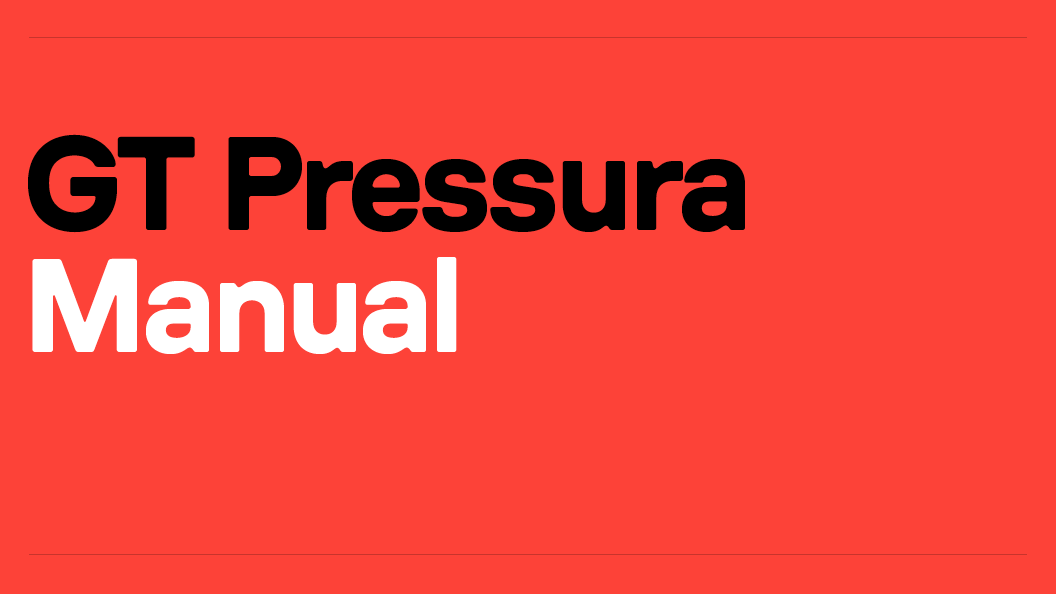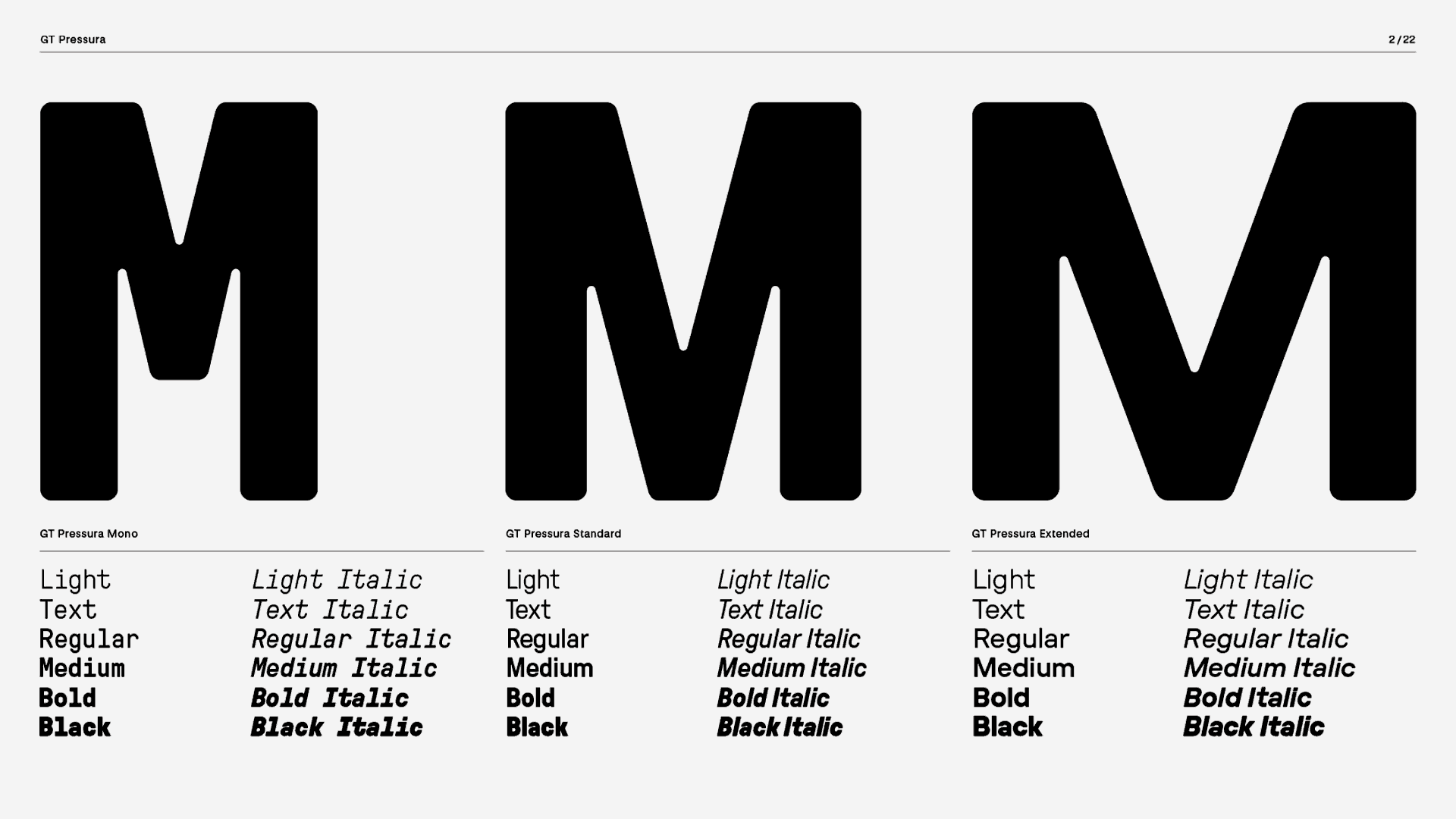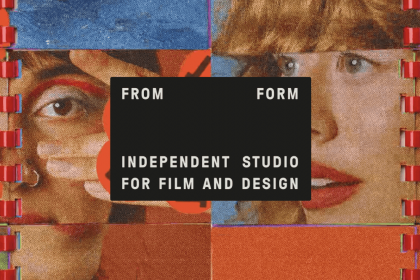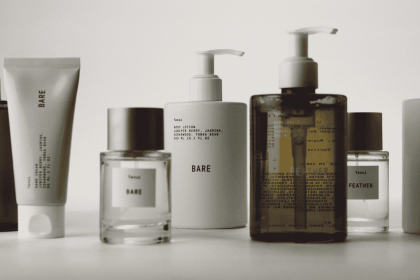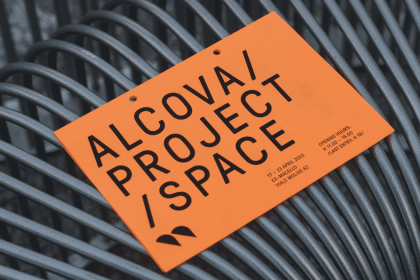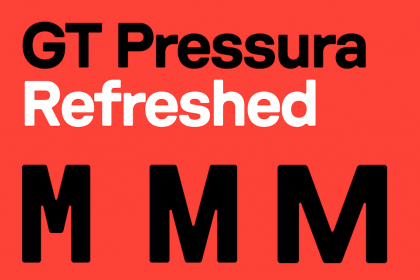GT Pressura
Family overview
- Standard
- Light Italic
- Text Italic
- Regular Italic
- Medium Italic
- Bold Italic
- Black Italic
- Mono
- Light Italic
- Text Italic
- Regular Italic
- Medium Italic
- Bold Italic
- Black Italic
- Extended
- Light Italic
- Text Italic
- Regular Italic
- Medium Italic
- Bold Italic
- Black Italic
Subfamilies
- Standard LightPressure pushing down on me
- Standard Light ItalicUnited Parcel Service, Inc., Sandy Springs, Georgia, US, Founded 1907 by James E. Casey
- Standard TextУ разі, якщо вантаж поставлений на судно в більшій кількості, ніж передбачено договором, розмір фрахту відповідно збільшується.
- Standard Text ItalicPressure pushing down on me
- Standard RegularКонте́йнер або інтермодальний контейнер багатооборотний засіб, призначений для зберігання або перевезення будь-чого
- Standard Regular ItalicIn November 1932, the first container terminal in the world was opened by the Pennsylvania Rail Road
- Standard MediumThis system used roller containers for transport by rail, truck and ship, in various configurations up to 5,500 kg (12,100 lb) capacity, and up to 3.1 by 2.3 by 2 metres (10 ft 2 in × 7 ft 6 1⁄2 in × 6 ft 6 3⁄4 in) in size.
- Standard Medium ItalicPressing down on you
- Standard BoldTurned away from it all like a blind man
- Standard Bold ItalicКонте́йнер або інтермодальний контейнер багатооборотний засіб, призначений для зберігання або перевезення будь-чого
- Standard BlackCapacity, and up to 3.1 by 2.3 by 2 metres
- Standard Black ItalicIt’s the terror of knowing – What the world is about
- Settings
Typeface information
GT Pressura is inspired by metal type printing history as well as engineered letters stamped onto shipping boxes. It uses the visual gesture of ink spreading under pressure as a stylistic device, offering an alternative to more spindly typefaces of the digital age.
Typeface features
OpenType features enable smart typography. You can use these features in most Desktop applications, on the web, and in your mobile apps. Each typeface contains different features. Below are the most important features included in GT Pressura’s fonts:
- TNUM
- Tabular Figures
13.07.2048
- SS01
- Alternate a
React
- CASE
- Case sensitive forms
¿TE GUSTA?
Typeface Minisite
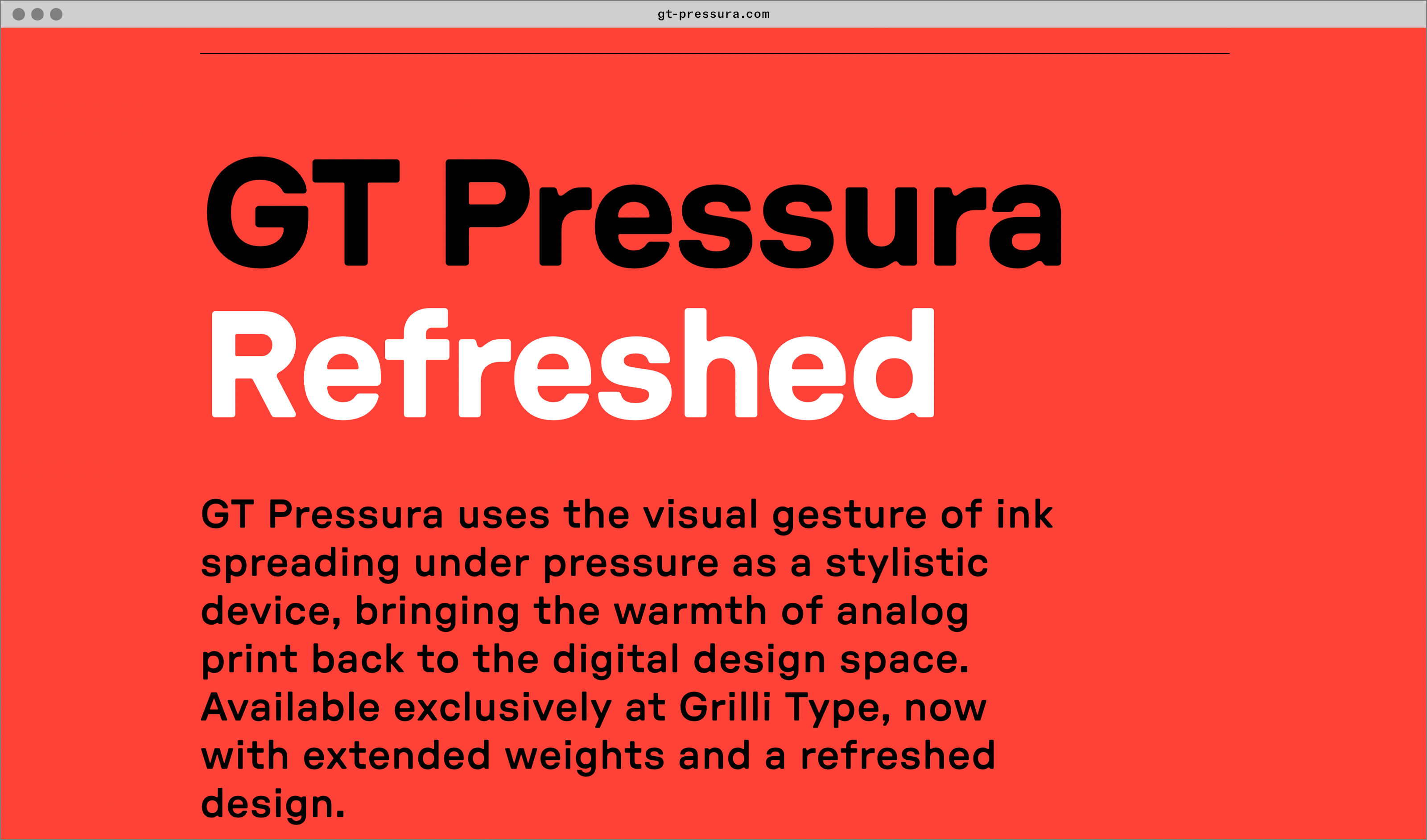
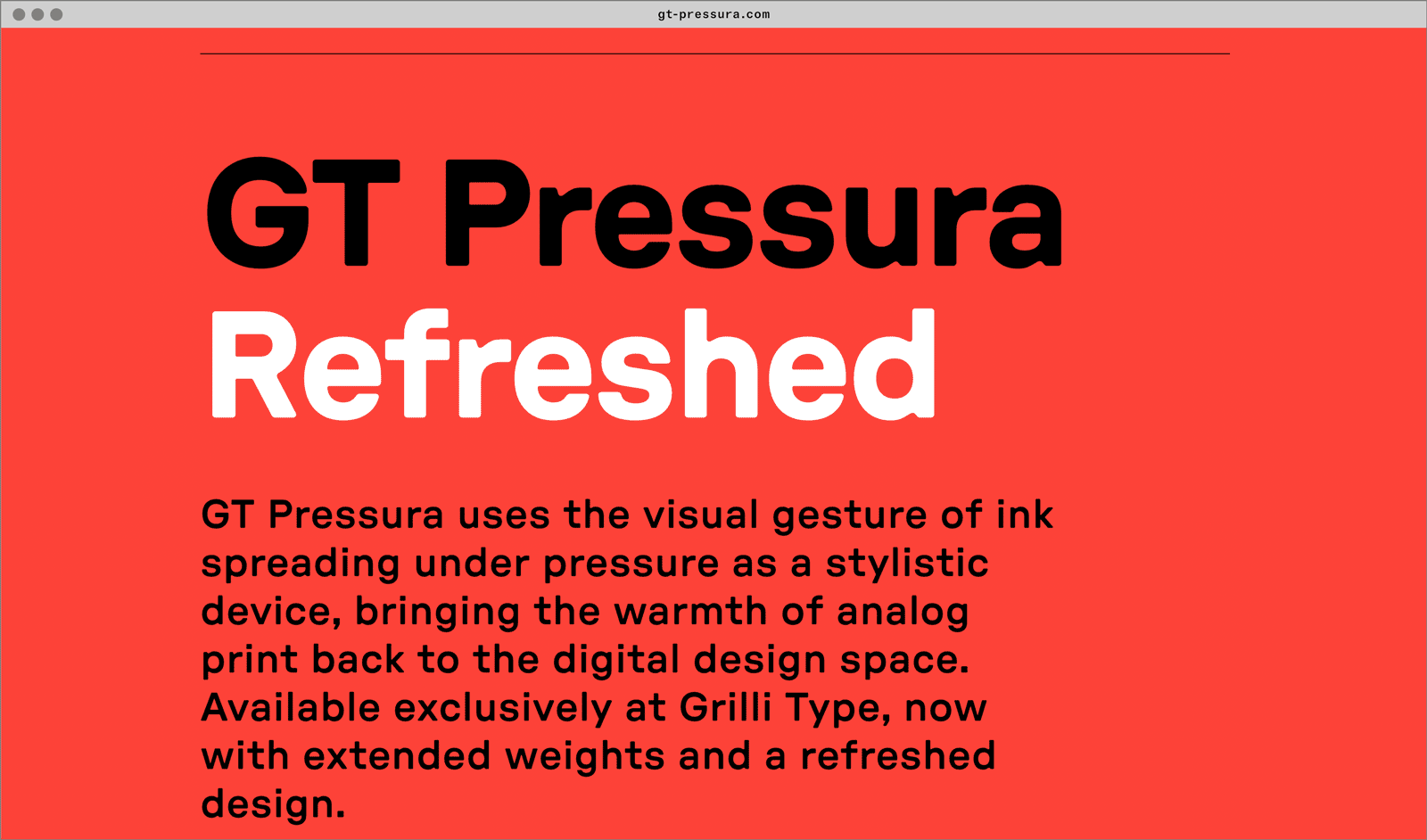
- Visit the GT Pressura minisite to discover more about the typeface family’s history and design concept.
GT Pressura in use
